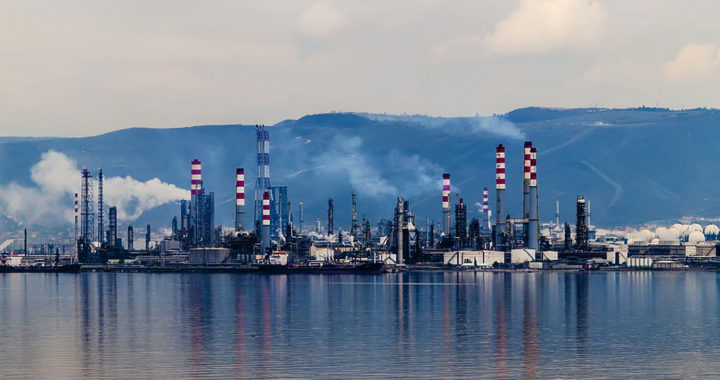The oil and gas industry is divided into three components or sectors: the upstream, midstream, and downstream. Note that these three sectors also correspond to the three major categories of activities of the oil and gas industry value chain. Furthermore, these three represent the chronology of critical oil and gas activities.
Upstream, Midstream, and Downstream: Explaining the Difference Between the Different Components of and Activities in the Oil and Gas Industry
1. Upstream Sector and Examples Upstream Activities
The upstream sector of the oil and gas industry includes all activities that are further categorized either as exploration activities or production activities. This sector is also known as the exploration and production or E&P sector.
Exploration activities include geologic and geophysical operations aimed at surveying a particular land area or a portion of the seabed and determining the possible existence of an economically viable oil or gas resource and reserve using the most appropriate exploration methodology. Other relevant activities include cost estimation, securing leases and permissions from relevant parties such as the government or landowners.
Determining the applicable fiscal regime and entering a particular oil and gas agreement are also part of the upstream activities. These activities are undertaken before and after the oil and gas exploration activities and before the beginning of production activities.
The development of oil or gas reserves in productive oil or gas fields or the operation for recovering or extracting such reserves fall under production activities. Specific activities include drilling projects, facilities engineering, and other construction projects. Closure activities commence once all reserves have been effectively extracted. These activities include plugging and abandoning fields and project reevaluation.
2. Midstream Sector and Examples of Midstream Activities
The midstream sector of the oil and gas industry centers on moving the oil or gas products or outputs from the production sites or fields to the market and further to the consumers. This sector essentially connects the upstream sector to the downstream sector.
Note that transportation is a midstream activity. There are different modes of transportation for moving oil and gas products. These include pipeline and pipeline networks, rails and trucks for land transportation, and barge and tankers for maritime transportation. Notable examples of midstream players are pipeline transport companies, trucking and hauling companies, shipping companies, and terminal developers and operators, among others.
Other critical midstream activities include storage of oil and gas products, delivery from fields to processing plants and further down to distributors and consumers, and trading and marketing of wholesale oil and gas products in relevant markets.
It is also important to underscore the fact that some midstream activities blur the line between upstream and downstream activities. Consider specific storage choices as an example. These activities can be considered part of the upstream sector if they transpire within the production facility or in proximity to oil or gas fields. However, refineries with transportation and storage capabilities and activities technically belong to the downstream sector.
3. Downstream Sector and Examples of Downstream Activities
The downstream sector includes all activities involving the refining of crude oil and the processing and purification of natural gas, as well as the selling and distribution of final oil and gas products such as jet fuel, gasoline, diesel, kerosene, and liquefied natural gas.
Note that there are also other products obtained from oil and gas refining and processing. The most common examples include lubricants, waxes, asphalt, plastics, and synthetic fibers. Other notable examples include petrochemicals like olefins, aromatics, methanol, formaldehyde, methane, ethane, propane, and butane. These products are considered commodity chemicals with industrial, commercial, agricultural, and biomedical applications.
All post-production activities such as the selling and distribution of these final products are also considered as downstream activities. The purpose of these activities is to move these final products across the market for end-user consumption.
Nevertheless, based on the aforementioned different types and examples of downstream activities within the oil and gas industry, some examples of companies involved in the downstream sector are oil refineries, natural gas processing plants, petrochemical companies, energy trading and marketing companies, retailers, electricity distributors, utility providers, and manufacturers of hydrocarbon byproducts, among others.
Takeaways and Pointers: The Three Components of and Main Activities within the Oil and Gas Industry
Generating economic value or capitalizing from oil and gas reserves is not a straightforward process. The oil and gas industry is both complex and expansive. It involves the participation of different business organizations performing different activities that are collectively critical in extracting the oil or gas reserves from the underground and bringing them to end-user consumers is not a straightforward process. Nonetheless, understanding the differences between upstream, midstream, and downstream activities, especially their scope and characteristics, is essential to having a foundational familiarity with the oil and gas industry value chain.

